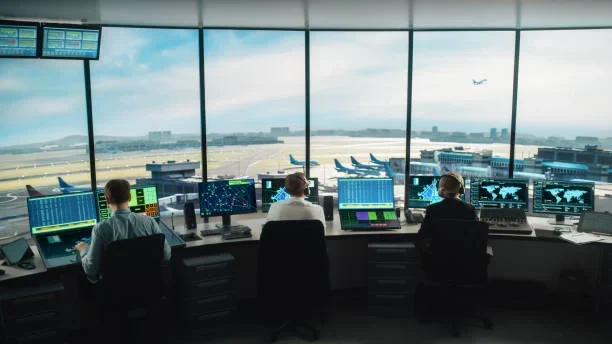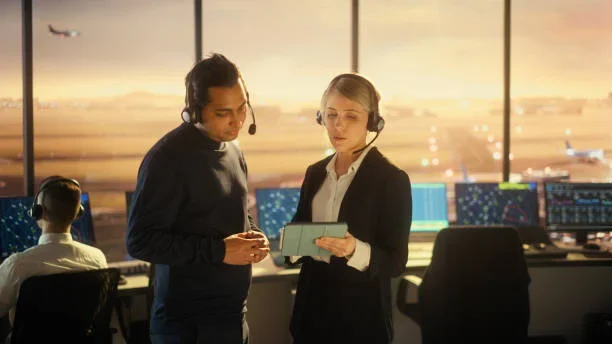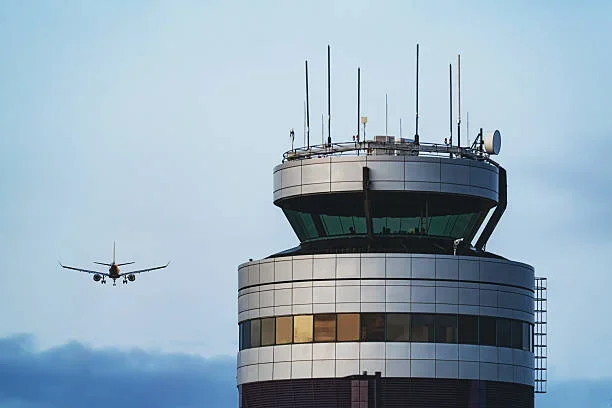Air travel relies on rigorous planning, coordination, and flexibility. When unforeseen circumstances force an aircraft to divert from its planned route, numerous factors come into play, especially Air Traffic Control (ATC). Below is a detailed look at what ATC does during diversions, enriched with real statistics to show the scale and importance of the role.

Why Flight Diversions Are Necessary
A diversion means an aircraft lands at a different airport than originally planned, for reasons such as:
- Mechanical or system malfunctions
- Medical emergencies onboard
- Weather deteriorations or forecasts worsening
- Airspace restrictions (military operations, congestion, unexpected hazards)
When such a decision is made, ATC becomes the central coordinator, helping ensure the safest possible outcome.

Key Roles of ATC in a Diversion
1. Monitoring & Communication
As soon as something abnormal is detected by pilots or systems, communication with ATC begins. ATC must get accurate details (what’s wrong, where, and how severe) to assess the best response.
- In U.S. airspace, ATC handled roughly 16.1 million IFR (Instrument Flight Rules) flights in fiscal year 2024.
- VFR (Visual Flight Rules) flights in the same period numbered 14.5 million.
These vast numbers illustrate the number of flights ATC monitors—and the complexity of diversion management.

2. Assessing Alternate Airports
ATC helps evaluate alternate landing sites based on:
- Runway requirements
- Weather at potential alternates
- Fuel status
- Emergency and technical services availability
For instance, LAX coordination during DL275 highlighted how ATC supported the crew’s decision to land safely at Los Angeles after a technical issue mid-flight.
3. Declaring and Responding to Emergencies
In serious cases, the flight crew will declare an emergency to signal priority handling. ATC immediately provides route clearance, reroutes nearby traffic, and ensures that the destination airport is ready. While controllers manage the skies, the pilots are simultaneously making rapid decisions in the cockpit. To understand that side of the story, it’s worth looking at what happens inside the cockpit during emergency landings, where pilot judgment and ATC guidance come together under intense pressure.
4. Issuing Clearances & Routing
Once the alternate is chosen, ATC works out:
- New routing
- Adjustments in altitude or speed
- Handoffs between ATC regions
- Coordination with airports
In FY2023, 14,451 diversions were recorded at U.S. “Core-30” major airports, a 13.5% increase compared to FY2022.

5. Managing Traffic & Safety
While giving priority to the diverting flight, ATC must still ensure:
- Safe spacing from surrounding traffic
- Conflict-free routing
- Balanced flow of nearby flights

6. Arrival & Ground Handling
As the diverted flight approaches, ATC ensures:
- Runways and taxiways are cleared
- Emergency services are on standby if needed
- Smooth sequencing with other arrivals
For example, ATC involvement in UA770 diversion shows how controllers coordinated routing and ground readiness for an unscheduled landing following a pressurization issue.
Scale and Impact of Diversions
- FY2023 saw 14,451 diversions at Core-30 U.S. airports, up from FY2022.
- Before the pandemic, diversions averaged 17,779 annually at these same airports.
- Orlando International (MCO) recorded a 57.8% increase in diversions from FY2022 to FY2023.
Even though diversions are rare compared to the 30+ million annual IFR and VFR flights in the U.S., they carry major operational and cost implications.
Final Thoughts
Air Traffic Control is indispensable during flight diversions. Controllers:
- Guide pilots through decisions and new routes
- Maintain safe separation in crowded skies
- Coordinate with airports for safe landings
- Minimize disruption for other flights
Events show that while diversions are challenging, ATC ensures that safety and order are never compromised.












